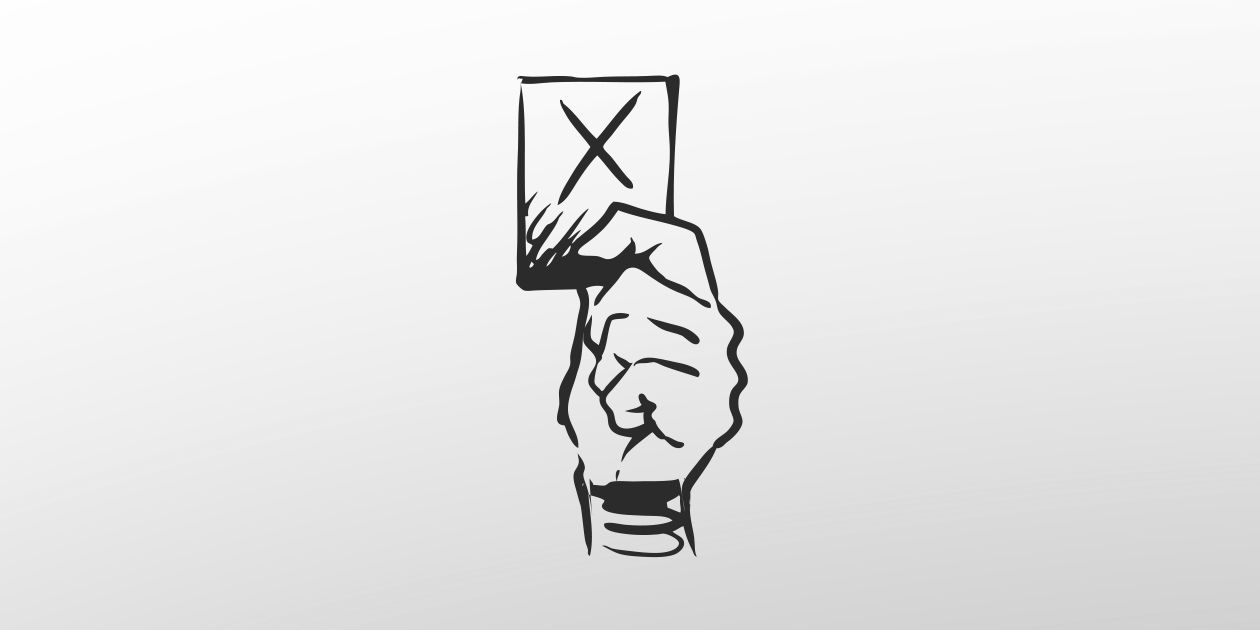
In releasing its 2023 pooling results on April 28, 2025, the Canadian Drug Insurance Pooling Corporation (CDIPC) said it had helped its 21 member insurers save Canadians more than $946 million.
Thanks to its cost-sharing (pooling) framework, CDIPC stated, in its press release, that its members have increased the amount paid out on claims by more than 15% compared with 2022. The framework applies to drugs costing $10,000 or more.
The 15% growth in 2023 represents a slowdown compared to the 2022 results. CDIPC reported that the average annual cost reimbursed for new drugs jumped from $44,700 in 2021 to $60,900 in 2022, representing a 36% increase in payouts over 2021.
Over the past few years, the industry has observed more new claimants requiring high-cost drugs. In addition, some of these drugs are used for more than one disease. Initially used to treat cystic fibrosis, Trikafta has since been approved by Health Canada for a wider range of diseases. A claim for this drug can cost $300,000 a year.
In an interview with the Insurance Portal, Dan Berty, Executive Director of the CDIPC, said it's difficult to isolate Trikafta's impact on rising pooled costs. " It is likely that cystic fibrosis patients who would benefit from Trikafta are largely already covered by private insurance plans and are benefiting from the drug. On the other hand, new cystic fibrosis patients are diagnosed every day, and so the costs could continue to increase but likely not at past trend levels," Berty forecasts.
He also reveals that CDIPC member insurers saw 264 certificates in 2022 representing $48.1 million in terms of drug claims paid. In 2023, there were 368 certificates representing $81.3 million in claims, with Trikafta being the principal drug per certificate.
215 new drugs in 5 years
CDIPC notes that from 2019 to 2023, EP3 drug received claims for 215 new high-cost drugs.
“This should trend and possibly accelerate unless there are material impacts to the drug pipeline as a result of tariffs and the pharma industry,” Berty expects.
High inflation
High-cost drug inflation outpaced the Consumer Price Index for 2023 by almost 400%. – Dan Berty
The cost of drugs priced at $10,000 or more, covered under CDIPC’s framework, skyrocketed. “High-cost drug inflation outpaced the Consumer Price Index (CPI) for 2023 by almost 400%," stated Berty.
Where does this 400% inflation come from? During the interview with the Insurance Portal, Berty said this pressure doesn't come from any particular set of drugs. “The average total drug costs per person/certificate increased across the ranges,” he explained.
He added that the number of people (covered under the CDIPC has also increased. A small number can move the needle. CDIPC data covering the period from 2019 to 2023, shows that the number of claimants in the $750,000 to $1 million bracket has increased the most, from 3 in 2019 to 7 in 2023, which represents growth of 233.3%.
There were two drug claimants in the $1 million category in 2019, but 6 in 2023, representing 200% growth.
The third fastest-growing segment, the number of claimants for drugs costing between $100,000 and $400,000, rose from 333 to 679 between 2019 and 2023, representing growth of 103.9%.
The bulk of claims are for drugs costing between $10,000 and $32,500. The number of claimants in this category rose from 20,696 to 30,829 in 2023, representing growth of 49%.
A complex framework
In announcing its 2023 results, the CDIPC reported that 21 member insurers provided EP3 supplemental drug plans (EP3 pooling in industry jargon) to more than 16,000 Canadian employers. These plans have benefited more than 36,000 employees and their families, whose annual drug expenses exceed $10,000.
Across Canada, the CDIPC fulfills a role similar to that of Quebec’s Société de compensation en assurance médicaments du Québec. Unlike the Quebec drug compensation organization, under which every insurer or plan administrator operating must participate under the Act respecting prescription drug insurance, membership in the is voluntary.
However, EP3 pooling is based on the mandatory pooling set out in the EP3 standard. During the interview, Dan Berty explained that EP3 pooling is part of the CDIPC framework. “This is the mechanism by which insurers share costs with employers,” he added.
The CDIPC website explains that participating insurers must place all large drug claims from their fully-insured groups (private group plans) in a self-administered pool. Plan sponsors (employers) cannot opt out.
The CDIPC adds that the insurer must be able to prove that it meets EP3 standards in the settlement of drug claims. The insurer may, however, set its rates taking into account non-drug claims. During the interview, Berty gave the example of paramedical care.
The insurer can adapt other aspects of EP3, including pool pricing. It can also choose the pool threshold, i.e. modify the definition of high-cost drugs. The insurer can establish pool pricing based on the amount per person or per certificate, co-payments or deductibles (which are capped at $1,000). It can establish a drug list. Finally, it can establish EP3 pools for different market segments.







